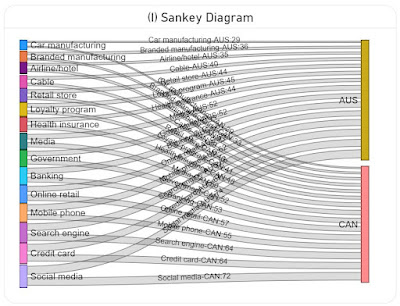 |
| Business Intelligence Series |
Being snapshots in people and organizations’ lives, data arrive to tell a story, even if the story might not be worth telling or might be important only in certain contexts. In fact each record in a dataset has the potential of bringing a story to life, though business people are more interested in the hidden patterns and “stories” the data reveal through more or less complex techniques. Therefore, data are usually tortured until they confess something, and unfortunately people stop analyzing the data with the first confession(s).
Even if it looks like torture, data need to be processed to reveal certain characteristics, trends or patterns that could help us in sense-making, decision-making or similar specific business purposes. Unfortunately, the volume of data increases with an incredible velocity to which further characteristics like variety, veracity, volume, velocity, value, veracity and variability may add up.
The data in a dashboard, presentation or even a report should ideally tell a story otherwise the data might not be worthy looking at, at least from some people’s perspective. Probably, that’s one of the reason why man dashboards remain unused shortly after they were made available, even if considerable time and money were invested in them. Seeing the same dull numbers gives the illusion that nothing changed, that nothing is worth reviewing, revealing or considering, which might be occasionally true, though one can’t take this as a rule! Lot of important facts could remain hidden or not considered.
One can suppose that there are businesses in which something important seldom happens and an alert can do a better job than reviewing a dashboard or a report frequently. Probably an alert is a better choice than reporting metrics nobody looks at!
Organizations usually define a set of KPIs (key performance indicators) and other types of metrics they (intend to) review periodically. Ideally, the numbers collected should define and reflect the critical points (aka pain points) of an organization, if they can be known in advance. Unfortunately, in dynamic businesses the focus can change considerably from one day to another. Moreover, in systemic contexts critical points can remain undiscovered in time if the set of metrics defined doesn’t consider them adequately.
Typically only one’s experience and current or past issues can tell what one should consider or ignore, which are the critical/pain points or important areas that must be monitored. Ideally, one should implement alerts for the critical points that require a immediate response and use KPIs for the recurring topics (though the two approaches may overlap).
Following the flow of goods, money and other resources one can look at the processes and identify the areas that must be monitored, prioritize them and identify the metrics that are worth tracking, respectively that reflect strengths, weaknesses, opportunities, threats and the risks associated with them.
One can start with what changed by how much, what caused the change(s) and what further impact is expected directly or indirectly, by what magnitude, respectively why nothing changed in the considered time unit. Causality diagrams can help in the process even if the representations can become quite complex.
The deeper one dives and the more questions one attempts to answer, the higher the chances to find a story. However, can we find a story that’s worth telling in any set of data? At least this is the point some adepts of storytelling try to make. Conversely, the data can be dull, especially when one doesn’t track or consider the right data. There are many aspects of a business that may look boring, and many metrics seem to track the boring but probably important aspects.





















